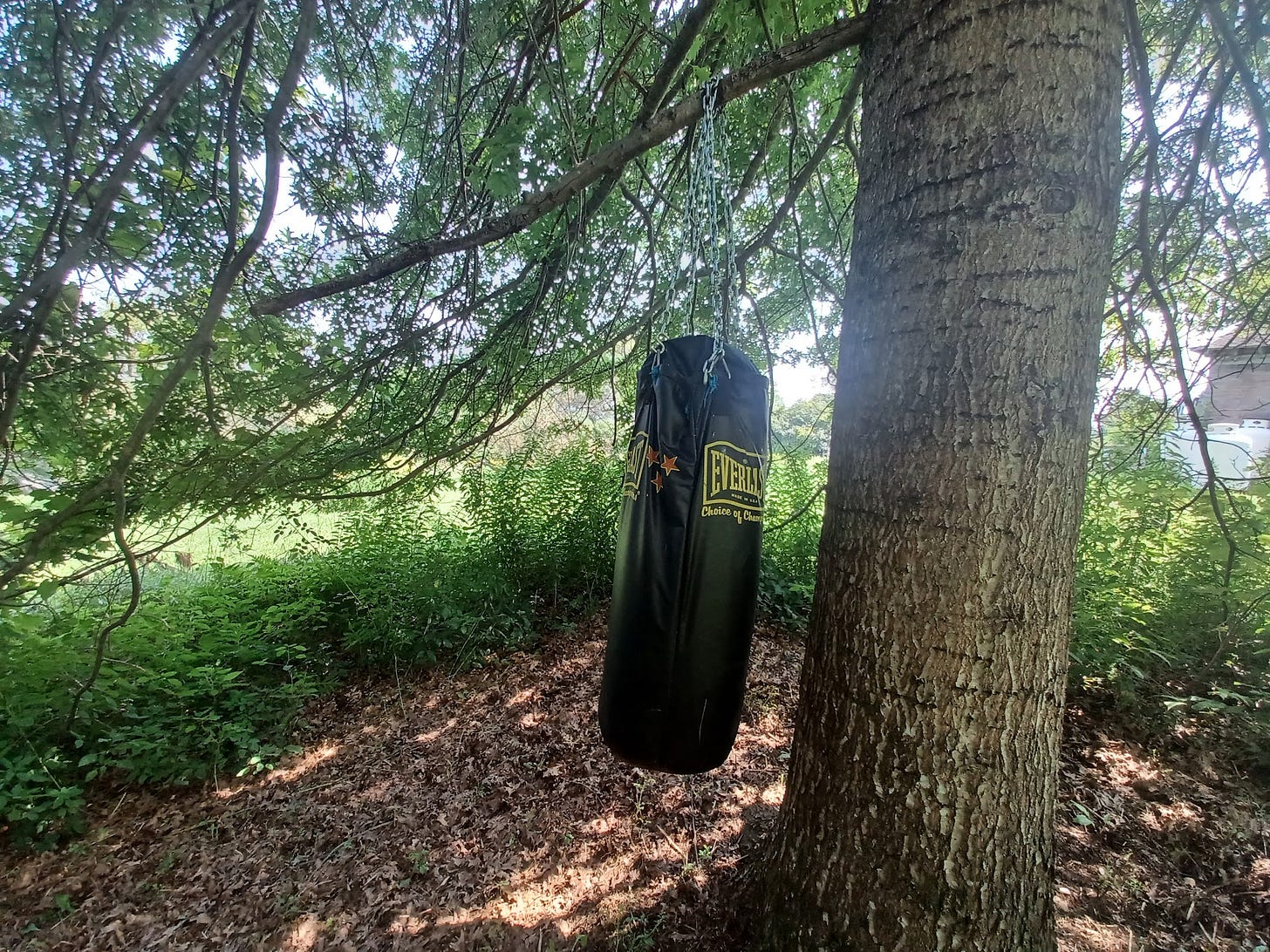I just read the New York Times article about freezing and playing dead during sexual assault and as I read, adrenaline surged through my body, making me tremble. Not uncommon when we’re triggered by stress or strong emotion. The article spoke about “tonic immobility” a survival strategy all animals use when threatened:
"Tonic immobility is a survival strategy that has been identified across many classes of animals — insects, fish, reptiles, birds, mammals — and draws its evolutionary power from the fact that many predators seem hard-wired to lose interest in dead prey.”
Trembling is a healthy animal response. One of the many ways we get trauma out of our systems. In the wild, animals recover from trauma by shaking spasms of their body core, along with flailing limbs to complete the fight-flight they were in before they froze.
But our human-mind often interrupts this natural reset after a traumatic experience. Whether we’re fearful of the impulse to shake our bodies or the flood of our normal animal-aggressions, we often ‘hold it together’ and keep our composure. The problem is, in staying still, those fight-flight stress hormones that were released may stay frozen in our bodies. This, according to trauma therapist Dr. Peter Levine, is why humans hold onto trauma and wild animals (those not in captivity) usually don’t.
I wrote about healing from sexual assault and using boxing as therapy in my book, Awakening Artemis that shares my journey of healing through the lens of 24 medicinal plants. After boxing recreationally for a few years, I began training competitively in early 2000. An anomaly, I knew boxing offered something far beyond the ring. Here is an excerpt from the Dandelion chapter, entitled ‘Gut Instinct’:
“In Waking The Tiger, trauma therapist Dr. Peter Levine talks about moving as an essential way to release embodied trauma. By moving, we’re following our impulse to literally get trauma out of our system. When threatened or injured, all animals draw from instinctive reactions to protect and defend themselves, such as freezing, stiffening, bracing, fleeing, collapsing, or fighting. But when those responses are interrupted or overwhelmed, we experience trauma.
When I think about the way I dealt with sexual assault when I was young — freezing, leaving my body, and playing dead — it makes sense that as I finally faced that trauma, I had to move in such an intense and extreme way to get it out. Boxing gave me a sense of purpose like nothing else at the time. I felt there was no way anyone could take me down with all I’d been through.”
As a former boxing coach, herbalism/nature connection guide and memoir-writing facilitator, I have heard many stories of trauma. Often drawn to my offerings in order to heal, women have shared stories similar to the ones in the New York Times article. They feel guilty and ashamed for not fighting back when they were assaulted or abused, not realizing that their response was a normal animal response, maybe even a life-saving one.
Tragically, the response is poorly understood (hopefully, that is changing) making it more difficult to heal. Here is a gut-wrenching account from the article:
”When friends and mentors found out how she responded during the rape, they were appalled and confused. You didn’t do anything? You didn’t say anything? You froze? “It didn’t even feel like I could do anything,” she recalled. “I was trying to scream. … I wanted to scream. I was trying to scream, but it felt like I couldn’t.” It was difficult to explain, she said. It made her question whether she had the capability to be a leader. What if she froze again?”
I’m training again. I just so happened to post a picture of a heavy bag hanging from an oak tree (thank you oak) along with some old boxing footage I found yesterday. I have a new routine: one light round on the heavy bag, focusing on technique (I am very rusty) then a jog around the house past the fields of goldenrod and back to the bag. The next round I do the opposite stance, run the opposite way and repeat. It’s all about balance. It feels good to have a movement ritual in place once more.
In the Hawthorn chapter of Awakening Artemis entitled ‘Lover & A Fighter’, I wrote about the freedom I felt after a day of training: “I was soaked in the bittersweet sweat of anger and fear that I hadn’t even known was lodged in my body. It was as though I had just swum, fully clothed, in the ocean and every time I peeled those sopping clothes off and carried my heavy, waterlogged bag home on the subway, I felt a little more free.”








I too found boxing in a time when I was beginning to heal from emotional/sexual trauma from my marriage. It was about this time too that I started to become aware of trauma healing and read Waking the Tiger. I feel so many parallels within my own experience to what you shared here. When I began boxing, it was the first time in my life I felt truly empowered. The heavy bag hanging from the oak tree just gives me so many feels. Thank you!
I tried kickboxing back when I was about 20. I loved it but didn’t commit to it at the time. Your book inspired me to try it again last year and I loved it again. I punched and kicked until I felt like I was going to vomit something from the depths of my being. How delicious to take that power back and punch and kick the shit out of that bland-looking, white rubber male dummy. Highly recommend for anyone looking to release long pent up rage!